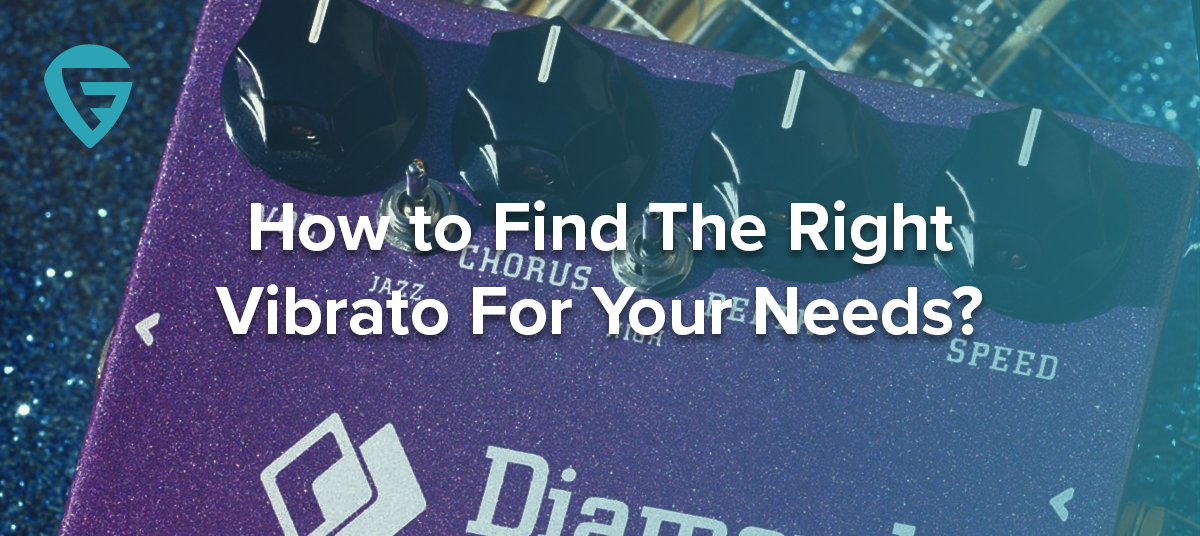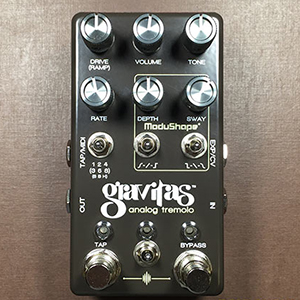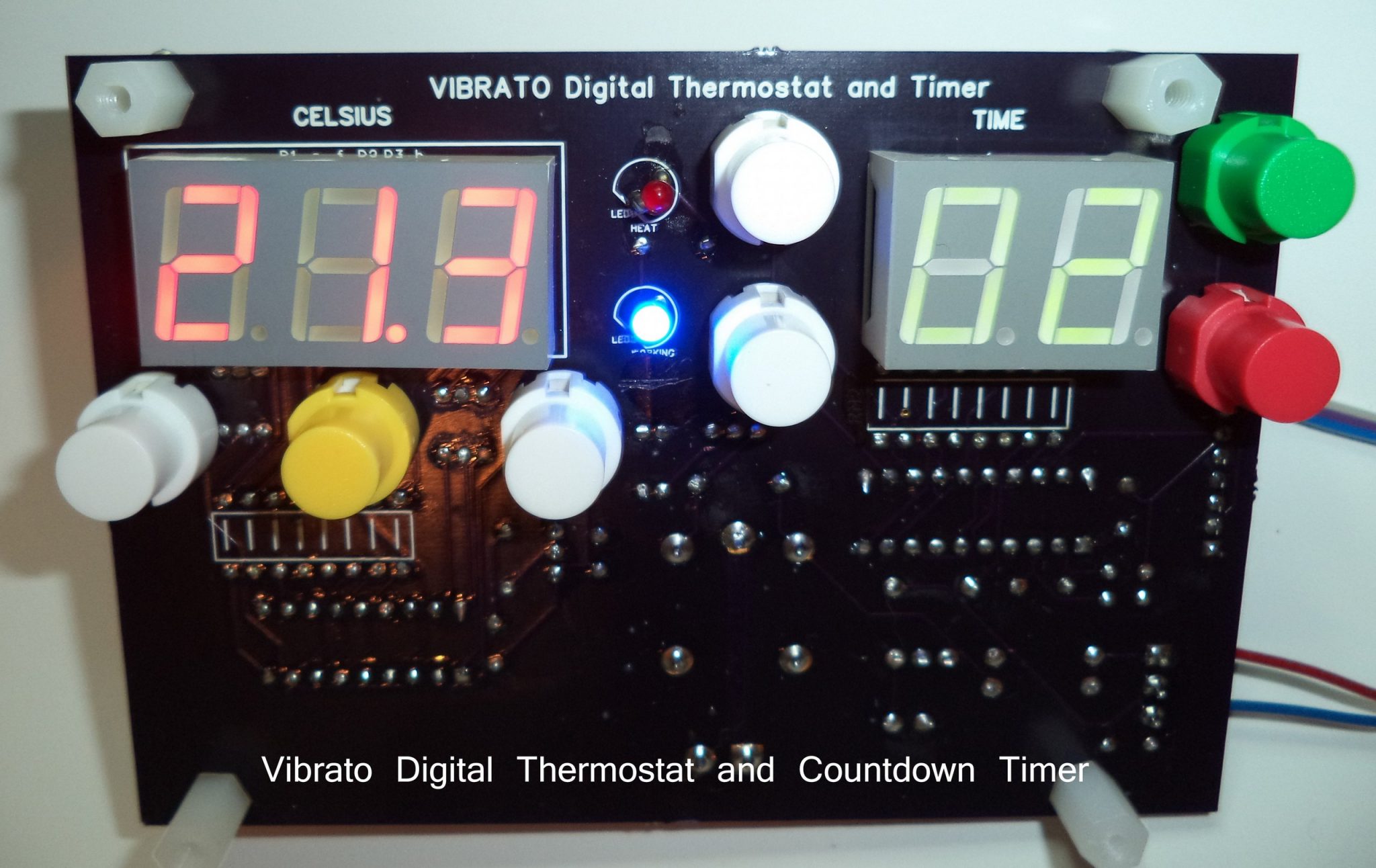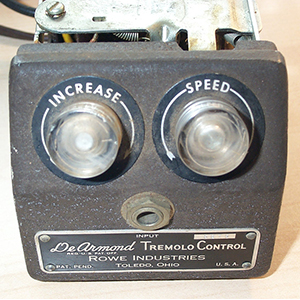- Home
- Instruments
- Gear
- Recording
- Lessons
- Reviews
- Blog

Vibratos are coming back in style with more and more people including them on their pedalboards. This has prompted numerous brands to revamp this old effect, and deliver a whole new line of pedals that introduce some variety. With that said, don't mistake a tremolo from a vibrato. It's quite easy to mix these two up, even though they are significantly different in their core.
You would be surprised how many guitar players can't tell the difference. If that is a topic you are interested in, check out our article that defines the differences between these two effects ‘Difference Between Vibrato and Tremolo'. Now that we got that out of the way, the topic of our today's article is going to be focused on current offering of vibrato pedals. To be more specific, we want to know what makes a good vibrato pedal, and how to spot one.
Before we get into any specifics, there's one non-technical aspect that we have to address first. Set your budget, and work within its limits. What that means, is that you should go for the optimal pedal in your price range. That doesn't always have to be the most expensive one you can afford.
For example, if your budget was set at some $50 and you wanted an analog pedal, you might want to reconsider your requirements. Aside from few oddball exceptions, you will hardly find anything analog for that type of money, let alone something that is actually decent enough. That's why it's important to figure out your budget and use it the best way you can.
With that out of the way, let's get back to the original question. How to the best vibrato for your needs? To completely answer this question, we have to look at different types of vibrato effects pedals which are available today. For the most part, you can divide them into analog and digital models. Both of these have their benefits and drawbacks, so let's start with analog side of the family.
 As you could probably guess right off the bat, analog vibratos were the first to appear all the way back in the '60s. First vibrato effect came as a built in feature on amps, which is something this effect shares with tremolos.
As you could probably guess right off the bat, analog vibratos were the first to appear all the way back in the '60s. First vibrato effect came as a built in feature on amps, which is something this effect shares with tremolos.
One thing that sets analog vibratos apart is their ability to deliver clinically accurate pitch shifting of guitar's signal. Your average analog vibrato has a lot of warmth to it, and generally feels more organic than its contemporary counterpart. With that said, analog pedals are going to cost you quite a bit more depending on what level of quality you're looking for. In general, cheap analog vibratos are not a good idea if you can even find one. The reason for this is that it takes a lot of engineering to eliminate signal degradation in an analog vibrato circuit. That type of quality control costs money, but is usually well worth the investment.
 On the other end of the story we have digital vibrato pedals. You will see a lot of proponents of digital vibratos who claim that a fully digital circuit is just more efficient at pitch shifting a signal than an analog one is. There is some tangible proof for this, but it always comes to personal taste. One thing where digital vibratos are definitely in the lead is the variety of features they offer. Some of the most versatile vibrato pedals of today are digital, and they bring the type of flexibility an analog circuit just can't even attempt to recreate.
On the other end of the story we have digital vibrato pedals. You will see a lot of proponents of digital vibratos who claim that a fully digital circuit is just more efficient at pitch shifting a signal than an analog one is. There is some tangible proof for this, but it always comes to personal taste. One thing where digital vibratos are definitely in the lead is the variety of features they offer. Some of the most versatile vibrato pedals of today are digital, and they bring the type of flexibility an analog circuit just can't even attempt to recreate.
 Chorus and vibrato are closely related to one another. As a matter of fact, they are much closer in nature than vibrato and tremolo are. Both of these are pitch shifter effects so pedal manufacturers often decide to deliver a single model that can produce both. In all honesty, whether or not you are going to have a chorus in there with your vibrato doesn't impact the performance of the pedal all too much. Especially if we are talking about the digital variety. Analog circuits could have some performance issues if you are going for a model that is cheaper.
Chorus and vibrato are closely related to one another. As a matter of fact, they are much closer in nature than vibrato and tremolo are. Both of these are pitch shifter effects so pedal manufacturers often decide to deliver a single model that can produce both. In all honesty, whether or not you are going to have a chorus in there with your vibrato doesn't impact the performance of the pedal all too much. Especially if we are talking about the digital variety. Analog circuits could have some performance issues if you are going for a model that is cheaper.
 Whenever there is a word 'boutique' in front of a pedal, the logical reaction is to expect a high price tag. While this is definitely the most common case, there are some boutique pedals that will cost you no more than a standard mass production model. When you're shopping for boutique vibratos, you have to be careful of the type of circuit they are using, and what kind of performance that pedal offers. As you can imagine, every boutique shop is trying to add their own spin to the effect. Some are quite successful in this endeavor, while others not so much.
Whenever there is a word 'boutique' in front of a pedal, the logical reaction is to expect a high price tag. While this is definitely the most common case, there are some boutique pedals that will cost you no more than a standard mass production model. When you're shopping for boutique vibratos, you have to be careful of the type of circuit they are using, and what kind of performance that pedal offers. As you can imagine, every boutique shop is trying to add their own spin to the effect. Some are quite successful in this endeavor, while others not so much.
At the end of the day, choosing the right vibrato pedal for you is similar to shopping for any other effects pedal out there. You need to define your budget, figure out what type suits your needs the best. One you got all of that figured out, you will find at least two or three great options that will fit the bill. If you think you have to spend a lot of money to get a decent vibrato effect, you are mistaken, so don't worry too much about brands. Get something that works for you.

Reader Interactions